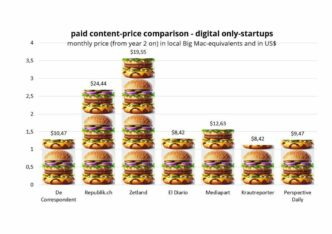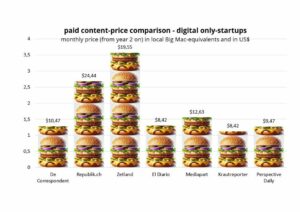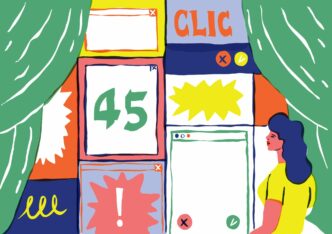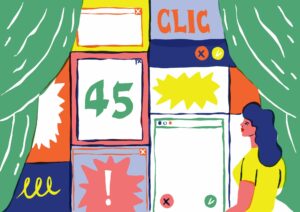

Finding the best paywall strategy for your titles is no mean feat. At Alternatives Economiques, we've worked towards a model similar to that of the New York Times: based on account creation and a metered paywall. Here's how.
Freemium, free trial, metered, soft paywall, hard paywall, dynamic, hybrid… a whole world of possibilities, the combinations are almost infinite. And, of course, you can mix models together, with increasing complexity…
“We do freemium with 90% of content behind a soft paywall, which becomes hard above a certain level of engagement, currently A/B testing with micropayments”. 🤯
Freemium, metered, hard, oh my
If we look at daily publishers in France, freemium is by far the most popular (Le Monde, Libération, Le Figaro). I can’t remember the last time I was able to read a substantial article in Le Monde without being a paying subscriber (which brings us closer to the hard paywall model), while Libération, for example, has more content available to non-subscribers, without asking for anything from its readers.
As for pure players, the majority opt for a hard model. But the label is misleading here too – Mediapart’s paywall, for instance, is a fortress, unpassable, but its flagship video content is available to all…
Also noteworthy is the donation-based model (StreetPress, Reporterre, Blast), and the absence of micropayment models, where readers pay-per-article. For the latter, if you still believe in it, you’re now alone with Elon Musk, and the chances of success are about the same as colonizing Mars.
At Alternatives Economiques, we defend the pay-for-journalism model, financed by subscriptions. Nevertheless, and particularly as a general-interest medium, we’re convinced that we can’t ask new readers to get out their credit card from the get go.
Soft conversion: from newsletters to registration
From a generous metered system, we quickly switched to a newsletter wall in 2019, seeing unequivocally higher conversion rates (subscriptions/visitors).


It was a real catalyst in the development of our subscription strategy for over 2 years, enabling us to go from 7,000 to 20,000 subscribers to our digital product. The large number of email addresses collected not only enabled us to increase conversion rates to subscription, but also contributed to the success of our latest major acquisition campaigns.
But now, with the end of third-party cookies on the horizon, we’ve moved to a more developed value exchange, one that requires account creation. The Registration Wall.
However, the unlock rate from this new wall was almost half of the newsletter wall, and the extra friction puts the brakes on more than just one reader…
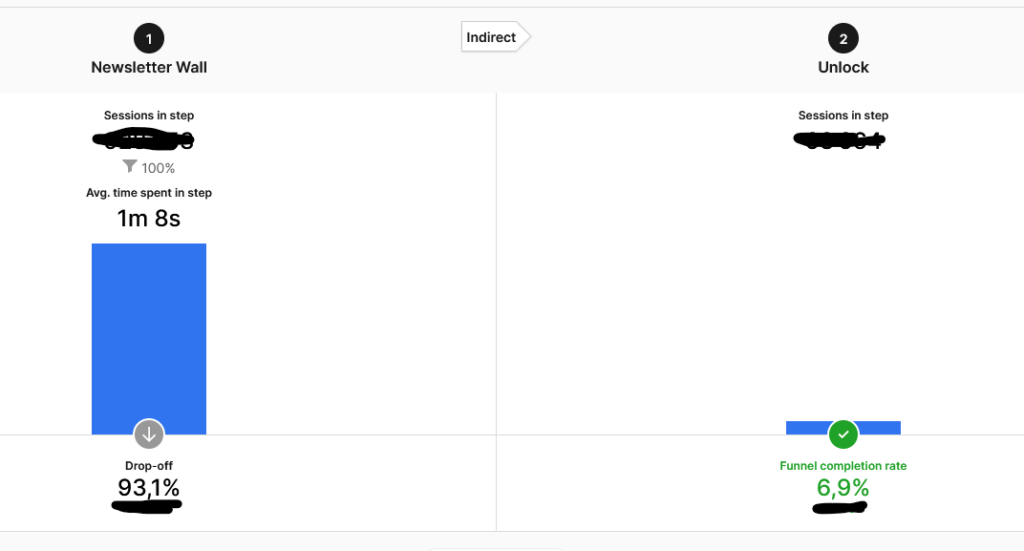
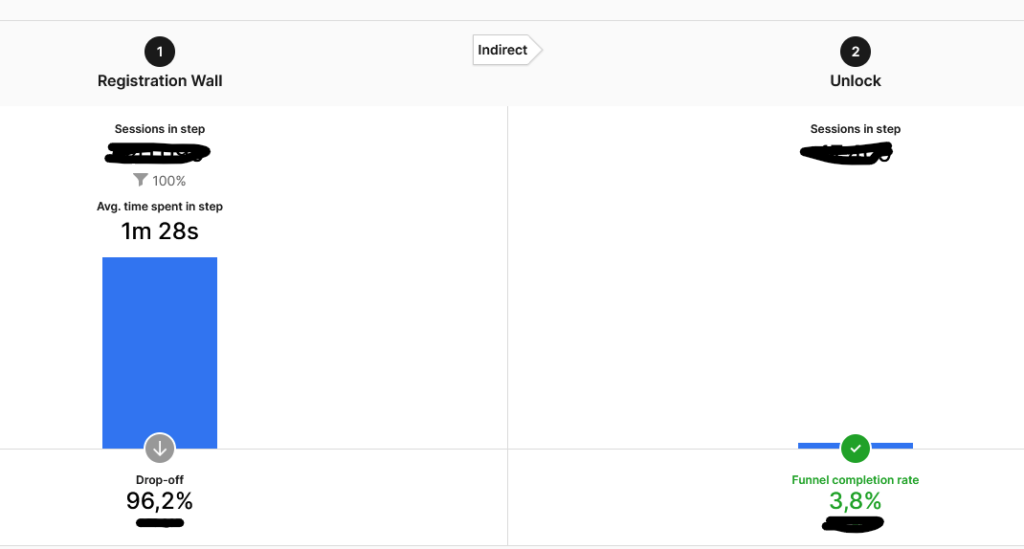
Nevertheless, it’s a step forward. We’re learning a lot more about the reader journey that leads to subscription and we’re able to experiment within this – how many visits, how often, where they come from, how many articles are consulted before converting. All this thanks to the fact that readers are identifiable on all devices and browsers.
Also worth noting is that, with newsletter walls, unidentified readers were often seeing the wall multiple times even after completion, meaning the conversion rate results were deceptive.
> You’ll also enjoy: How Reuters and The New York Times use newsletters to drive loyalty, subscriptions, and revenue
“But this article is really great! Shouldn’t we put it behind a paywall?!”
We’re pretty satisfied with this situation, but we can always develop! And we were wondering, shouldn’t certain articles be available to subscribers only?
In a quest to answer this, we ran a test for 6 months, reserving a selection of articles for subscribers only, those that were directly generating the most subscribers. We compared the results with other articles, which could be unlocked via our registration wall.
Here are the results:
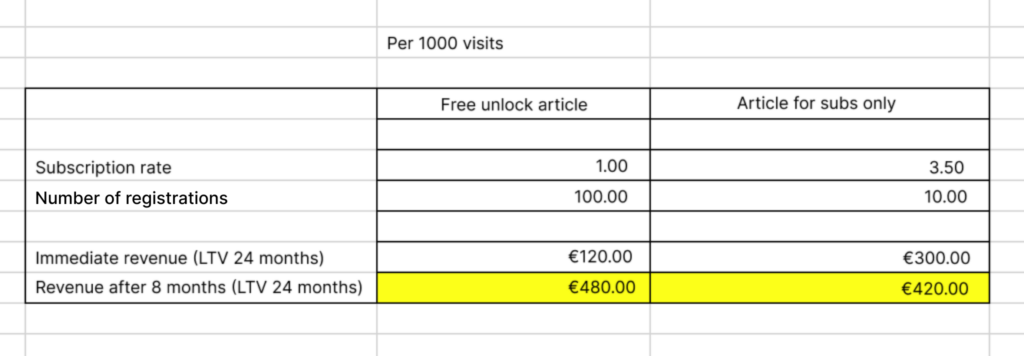
Note the figures have been changed slightly but the ratios are accurate.
This suggested that we’re 3.5 times more likely to convert a reader to a subscriber if we reserve the article for subscribers only!
However…
- This surplus of subscriptions represents only a small percentage of our total subscription flow: we’re far from the martingale
- We barely got any registrations
- This will actually lead to a future loss of income – albeit converting the reader into a subscriber a little later, the value of this reader in the long term is greater
In short, it’s clear that even though closing more articles with a paywall led to a 3.5 times higher subscription conversion rate, it’s more valuable to our business model to let visitors discover our publication without requiring them to subscribe straight away.
Does this mean that all media should implement this strategy?
My hunch is yes, for most situations anyway. But several factors should influence this decision: your reliance on advertising, the conversion rate from the first paywall hit, the list goes on.
What’s more, our experiment has its limits. For instance, there’s nothing to indicate that among the readers stopped by the wall, some didn’t come back and subscribe in the near future. What’s more, this is not a pure A/B test: the “all things being equal” conditions aren’t completely met (different articles and contexts).
In any case, this test has made our lives simpler: no more headaches about free vs. paid articles. And goals are now clear – we need to get email addresses, via registration!







